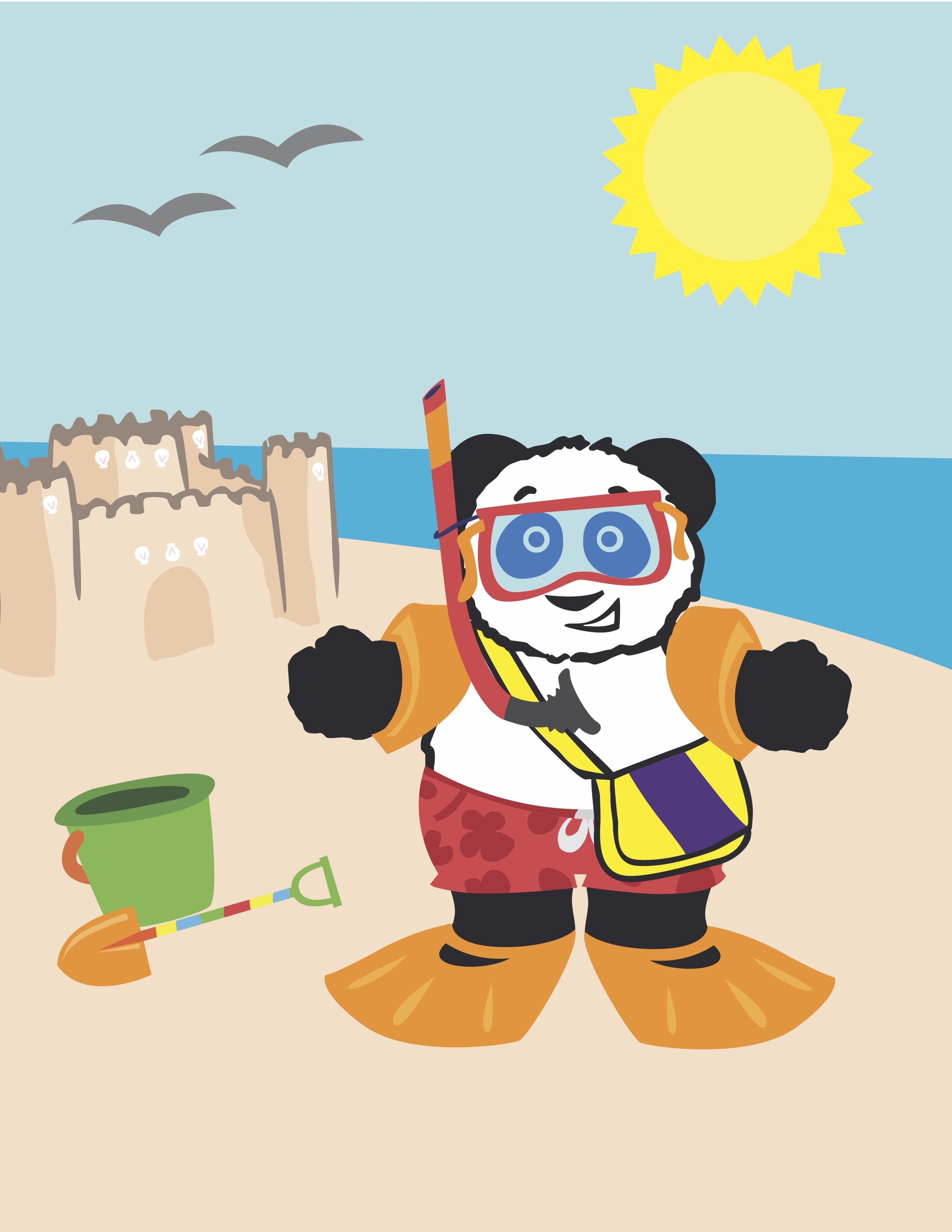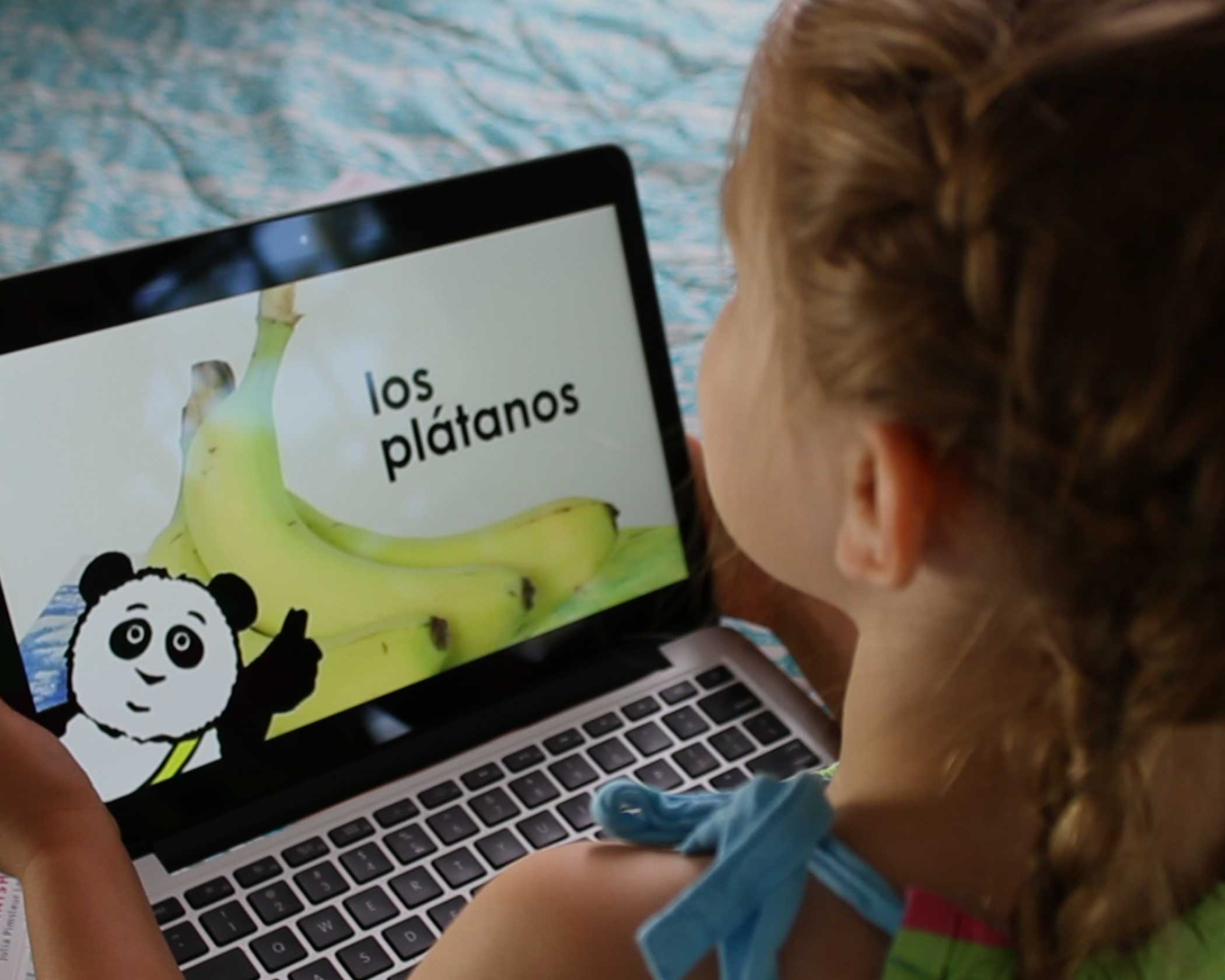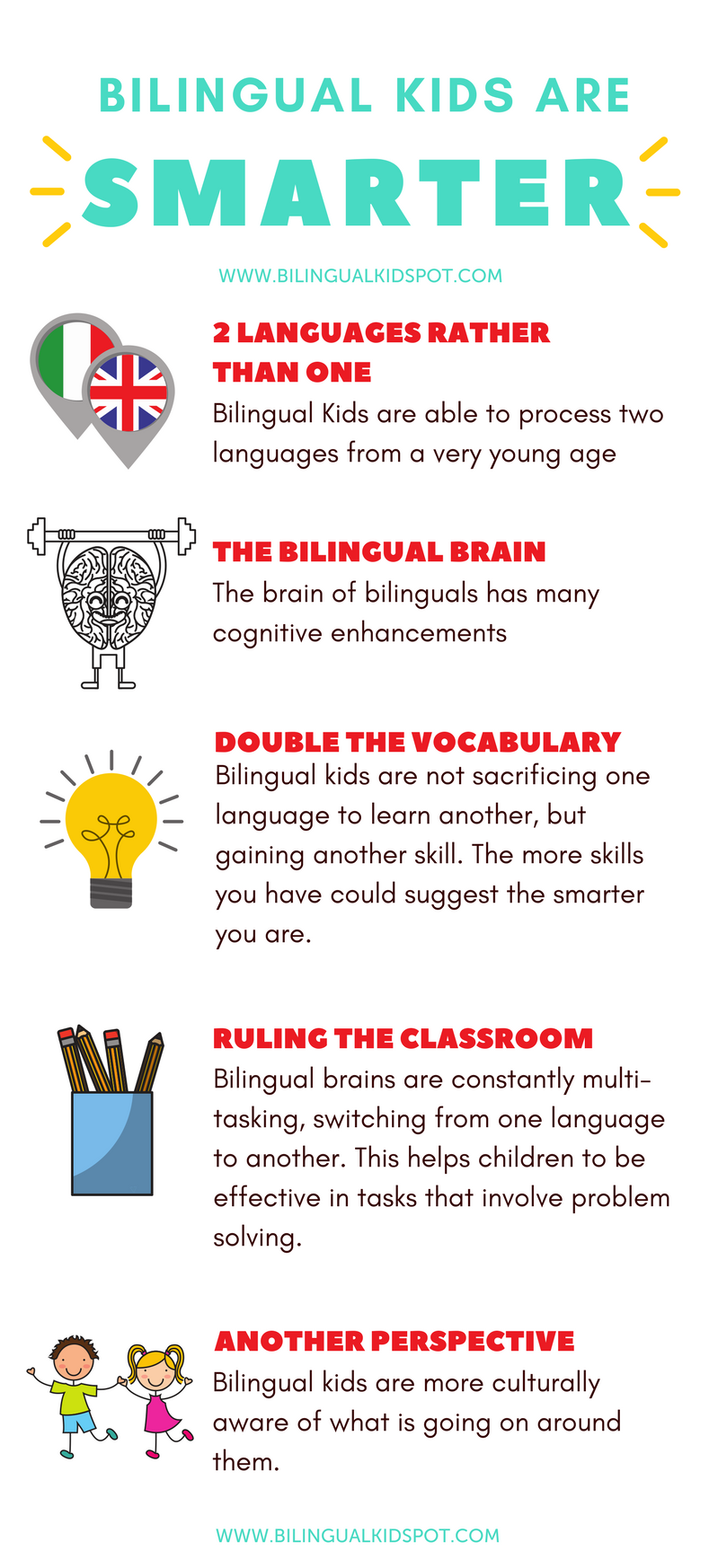
LITTLE PIM BLOG
Back to School Coloring Page for Kids
The unofficial end of Summer has passed and the kids are off to school today. We're getting ready to release our "Back to School" episode to our Little Pim subscribers in Spanish this week! For unlimited access to our 12 language learning programs designed for kids ages 0-6, plus NEW episodes & content when released, subscribe to Little Pim today!
Print out this FREE Little Pim Back to School coloring page for your kids to color in when they get home from their first day.
Little Pim Beach Day Kids Coloring Page
With the heatwave we're experiencing here in the northeast, there's nothing like cooling off at the beach or pool. In this coloring page, Little Pim is at the beach ready to enjoy the hot summer day. When it feels like over 100 degrees outside, cool off indoors in the A/C while your little ones color with Little Pim!
Print your FREE "Little Pim Beach Day" coloring page here or by clicking the image below:
If you're subscribed to Little Pim's new subscription product, in addition to all of our videos, you'll receive new episodes introducing your child to new words and phrases describing the weather, seasons, and greetings. Here's a sneak peek at some of the vocabulary covered in our "Sunny Day" episode in English & Spanish that you can teach your little ones while they're coloring:
summer / el verano
it's sunny / está soleado
beach / la playa
sand / la arena
swimming pool / la piscina
swim / nadar
Stay cool, stay hydrated, and enjoy the last few weeks of Summer! - The Little Pim team
Foreign Language Learning in the U.S. versus Europe
This past week, data from the Pew Research Center highlights the discrepancy between language learning in the United States compared to that in Europe. An average of 92% of the European population is taught a foreign language at a young age, compared to only 20% in America. The reasons for this may be multi-faceted, including:
1. English is frequently spoken throughout the world as compared to most of the European languages.
English is described as the language of globalization. There is not as much pressure for American students to have to learn a foreign language if in many places English is regularly spoken. This is in contrast to other parts of the world, where one can very often expect to be greeted in a different language in a neighboring country. Even within a single European country itself, there may be more than one language as a country's official language. In Europe, it is common to study even more than one foreign language, with this being required in school for at least a year in over 20 European countries.
2. There's no uniform standard for foreign language acquisition in schools in the U.S.
National standards for test-taking in Europe incorporate the importance of foreign language acquisition. On the other hand, no such national standard exists in the U.S., where requirements are generally set at the state or district level. In the United States, the rates of foreign language study vary to as low as single-digit percentiles in some states. Even the higher percentages of states mandating foreign language study lag behind the countries with the lowest percentages in Europe.
3. Timeframe for learning a foreign language in Europe versus the U.S. is generally different.
In Europe, students often begin studying their first foreign language in school between the ages of 6 and 9, in contrast to the United States where foreign language is typically not taught until at least Middle School or High School. Multiple studies have shown that language acquisition is overall easier the younger one is.
Many prominent voices stress the importance of foreign language acquisition. Memoirist Eva Hoffman described loss of multilingualism as "the loss of a living connection". Studies increasingly display the importance of "cultural intelligence" in our increasingly globalized society. As the Livni article summarizes for the importance of learning another language:
“It’s a window on to a new worldview, a way to understand how our fellow humans think.”
As parents, probably one of the greatest gifts we can give our children is the gift of being able to communicate in a second language. Why not give your children a subscription to the #1 learning program for foreign language for kids, Little Pim? Subscription plans are available for a single language as well as the option to access all 12 of our included languages. Experience the wonders of a gift that can last a lifetime.
Sources: Devlin, Kat. Most European students are learning a foreign language in school while Americans lag. Available at: http://www.pewresearch.org/fact-tank/2018/08/06/most-european-students-are-learning-a-foreign-language-in-school-while-americans-lag/: Accessed 08/13/18.
Livni, Ephrat. Only 20% of US kids study a language in school—compared to 92% in Europe. Available at: https://qz.com/1350601/foreign-languages-are-studied-by-just-20-of-kids-in-the-us/: Accessed 08/13/18.
By Alexis Dallara-Marsh
The Benefits of a Bilingual Brain | TED-Ed
It's amazing how today's modern research and brain imaging technology shows how multilingualism actually strengthens the brain. In an article published by Mindshift accompanied by the video below by Lisa LaBracio for Ted-Ed, we learn that people who speak more than one language actually have a higher density of gray matter that contains most of the brains neurons and synapses.
The study also compares the differences between learning a new language as a child vs. adult.
“Children use both hemispheres of the brain to acquire language, which means they often grasp the emotional implications of language more deeply. ”
Scientists hypothesize that adults tend to acquire a new language using their left brain, so they approach problems in a more rational, detached way. The benefits of learning a new language are endless and it's indeed refreshing to be reminded that we are starting our kids out with an advantage by teaching them a new language at a young age. To learn more about this subject, check out the video below:
Summer Camp Coloring Page
Summer is in full swing and the kids are out to play and maybe even going to camp! Download our FREE Little Pim Summer Camp Coloring Page for a fun coloring activity for your kids:
Let's see your kids' creations! Share their coloring page on Instagram/Twitter using #LittlePim or tag us on Facebook and we will send you a FREE Little Pim Panda Plush bear! Offer ends July 31st, 2018. Limited 1 panda plush per household.
Critical Window for Learning a Language [BBC]
In an article BBC shared today, researchers suggest there is a critical cut-off age for learning a language fluently. According to recent studies, research suggests that if you want to have "native-like" knowledge of a language, you should ideally start before the age of 10.
Our research along with plenty of other research on multilingualism also proves that the earlier you start, the better, but that that the cut-off age is 6 when it's easiest for children to learn a new language. This is when our brains are hard-wired to learn 2-3 languages with ease.
In the study, an online grammar test was given to nearly 670,000 people of different ages and nationalities. When the data was analyzed, researchers discovered that grammar-learning was best during childhood, which persists into the teenage years, and then drops off during adulthood. The researchers suggest the drop off during adulthood could be due to the brain becoming less adaptable.
There are many benefits of introducing your children to a new language before the age of 6.
- Bilingual children demonstrate superior reading, writing, social & cognitive skills.
- Learning a new language develops a natural curiosity about world cultures
- Early multilingual exposure benefits emotional health and social development
- New studies indicate that multilingual exposure improves children's social skills
- Bilingual kids score higher in creative thinking and problem solving in many studies
- As children tune their hearing to learn new sounds and words, their listening skills develop
Give your child an extraordinary advantage. Start teaching your kids a second language at the age they learn best which is before the age of six. Watch it pay off over a lifetime! Little Pim is the leading early language learning program for kids ages 0-6. Start watching today for your child's first introduction to a new language!
[Infographic] Are Bilingual Kids Are Smarter Knowing Two Languages?
Infographic shared from our friends at BilingualKidsSpot.
We recently shared this infographic by BilingualKidsSpot on our Facebook page and loved it so much that we thought we'd share it on our website's blog. As parents, aunts, uncles, and more, we’re genuine believers in the importance of learning a foreign language at an early age.
Growing up in a multilingual household, I experienced first-hand the benefits of multilingual exposure at an early age, learning English, Gujarati, and Spanish simultaneously. When I joined the Little Pim team, I quickly grew passionate about educating new parents and early education teachers about the many benefits of raising bilingual and multilingual children.
Our founder, Julia Pimsleur, inspired by her own bilingual childhood, created Little Pim for her children to have the same opportunity to learn a foreign language. Little Pim is the first comprehensive at-home program that can be effectively used by parents and teachers even if they don't speak a foreign language.
We love seeing the benefits of bilingualism shared across the web as it's our mission to spark inspiration, remove obstacles and provide encouragement and support to make learning a second language easy and enjoyable for kids. We hope you're inspired to introduce your child to a new language and if you need help along the way, please feel free to contact us!
5 Things to Do with the Little Ones in Madrid, Spain
Little Pim is in Spain!
Little Pim kicked off this year with a European adventure. He’s spending a lot of time with some true Spaniards, practicing his Spanish and learning some new vocabulary words to teach you really soon!
Ever been to Spain? Here are 5 things to do with the little ones when you travel to the great Spanish capital, Madrid.
1. “Barcos en el Parque del Buen Retiro”
(Boat rides in Buen Retiro Park) All of Buen Retiro is worth checking out with the little ones, with 350 acres of space and some of the most beautiful gardens in the city, but the boats are sure to be a hit! While you’re at Buen Retiro, be sure to check out the Palacio de Cristal (Glass Palace) and the Galapagos fountain. Buen Retiro is also a great place to explore by bicycle. Get a “good rest” at “Buen Retiro” with the whole family.
2. Children’s Theater at “Teatro Sanpol”
One of the greatest parts of Madrid is the amazing culture you get to experience through different stage performances, like theatre, opera, and flamenco shows! Don’t let the kids miss out! There’s so many affordable children’s theater options, like Teatro Sanpol just on the edge of the city center. At a children’s production, kids can see familiar stories, or new ones, performed in Spanish. They will totally immerse in the language, and the culture!
3. “Parque de Atracciones Madrid”
That’s right, there’s a theme park in Madrid! Madrid’s largest park, “Casa de Campo” is home to one of the most popular children’s attractions in the city. When you and the kids need a break from the city, jump on the Metro, about 30 minutes outside of the city center, and experience Madrid’s “Parque de Atracciones.” With roller coasters, water rides, and live shows, there’s fun for the whole family!
4. “Templo de Debod”
Templo de Debod is an Egyptian temple that was disassembled and rebuilt just on the edge of Casa de Campo in Madrid. It’s a fascinating structure, and it’s an awesome way to see the whole city, get a taste of more European culture and a beautiful place to watch the sunset over Madrid.
5. “Palacio Real”
You can’t miss out on the royal culture of Spain while you’re in Madrid either! “Palacio Real” is Madrid’s largest building, and the largest royal palace in Western Europe! It is the official residence of the Spanish royal family, although they no longer reside there year round. The kids will love seeing a real-life castle up close, and entry is free for everyone under 5!
Don’t miss out on all that Madrid has to offer. Take the kids to Spain and have fun with the whole family!
Benefits of Raising Bilingual Children on Fox 5
Recently on Fox 5 NY, the International Academy of New York discussed the benefits of raising bilingual children, sharing that their students spend around 40% of their week functioning in either Mandarin or Spanish. Research shows that some of the benefits of raising bilingual children include:
- Children are much more focused and less distracted
- They are more able to switch tasks spontaneously
- They have more flexible and nimble brains
- By middle school, bilingual kids typically outperform their peers in both math and verbal standardized tests
The interview also explains that human contact is important when teaching children a new language. Singing, reading, and talking with your children in the new language and taking children to cultural events also help encourage language learning. At Little Pim, we believe introducing your child to a new language at an early age can give your child many advantages. The best time to learn a language is under the age of 6. Don't miss the window of opportunity when it's easy for them to learn. Invest in their future…A little language goes a long way.
Little Pim Thanksgiving Coloring Page
Happy November! With Thanksgiving coming up, download and print Little Pim's Thanksgiving Coloring page!
Don't forget to incorporate language learning into your holiday while cooking, spending time with family, and during playtime! Teach your kids how to say "thank you" in different languages and other seasonal vocabulary, like the Spanish word for "leaf" = "la hoja."
A post shared by Little Pim (@littlepimhq) on Nov 6, 2017 at 5:01am PST
For other fun activities, check out our blog post on 4 Fun Thanksgiving Activities you can do with your little ones!




![Critical Window for Learning a Language [BBC]](https://images.squarespace-cdn.com/content/v1/5a330a38cf81e0cf09e7ce9d/1525294299472-R0MBHTEL0FQJK8F9FIOR/bilingual-benefits.jpg)





